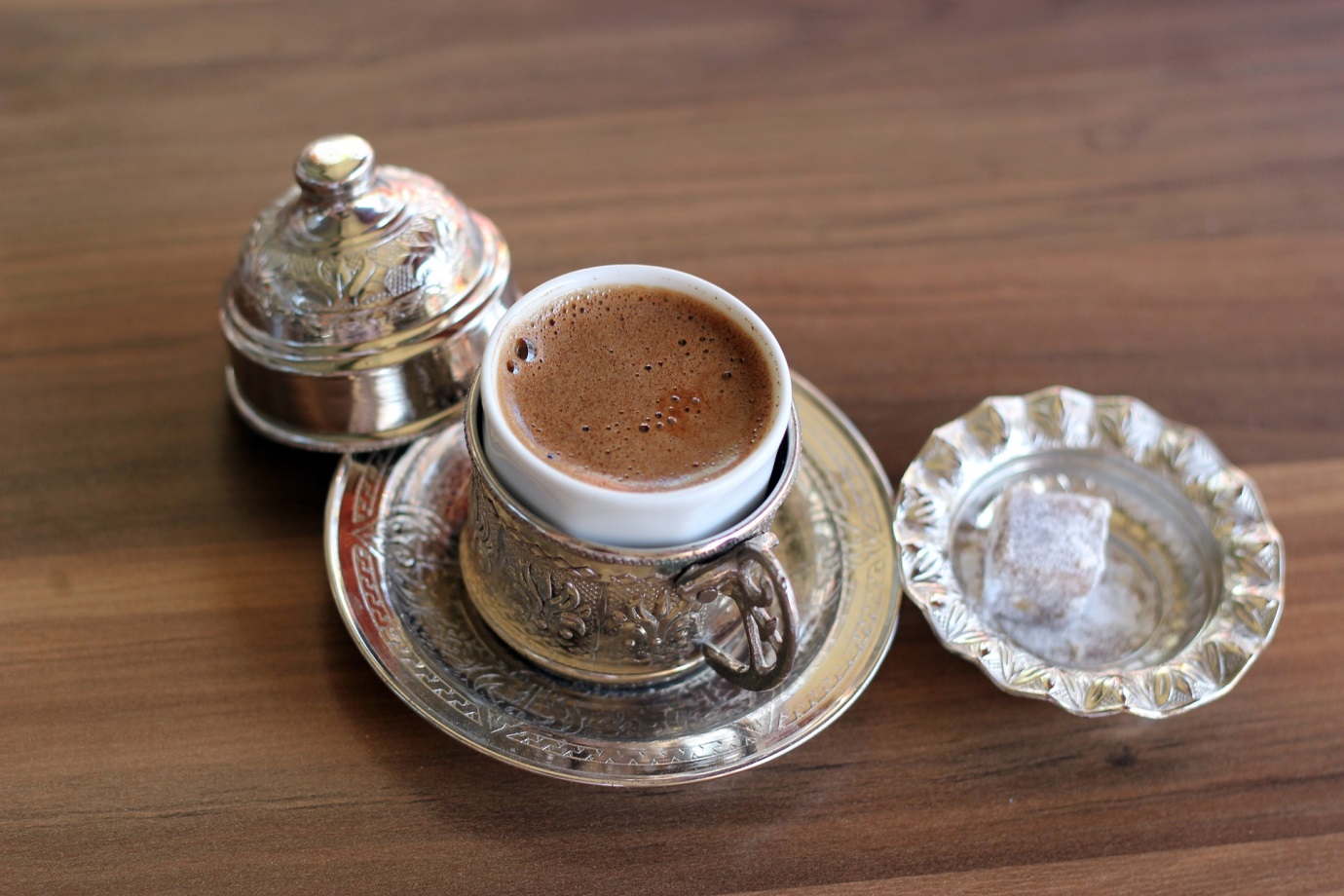Visiting Turkey? Grab your Travel Insurance and let’s go!
Turkey has a lot to be seen, and our travel cover will help you experience as much as physically possible!
Visiting Turkey will take you on a transcontinental journey between Europe and Asia. The border between the two continents lies across the narrow waterway of the Bosphorus, splitting Western Asia and Southeast Europe. Fun fact, Istanbul sits both sides of the Bosphorus, meaning it’s a transcontinental city! The small portion of Turkey which is found in Europe is on the Balkan Peninsula on the Eastern side of the country, with Istanbul being the largest city in the Balkans.
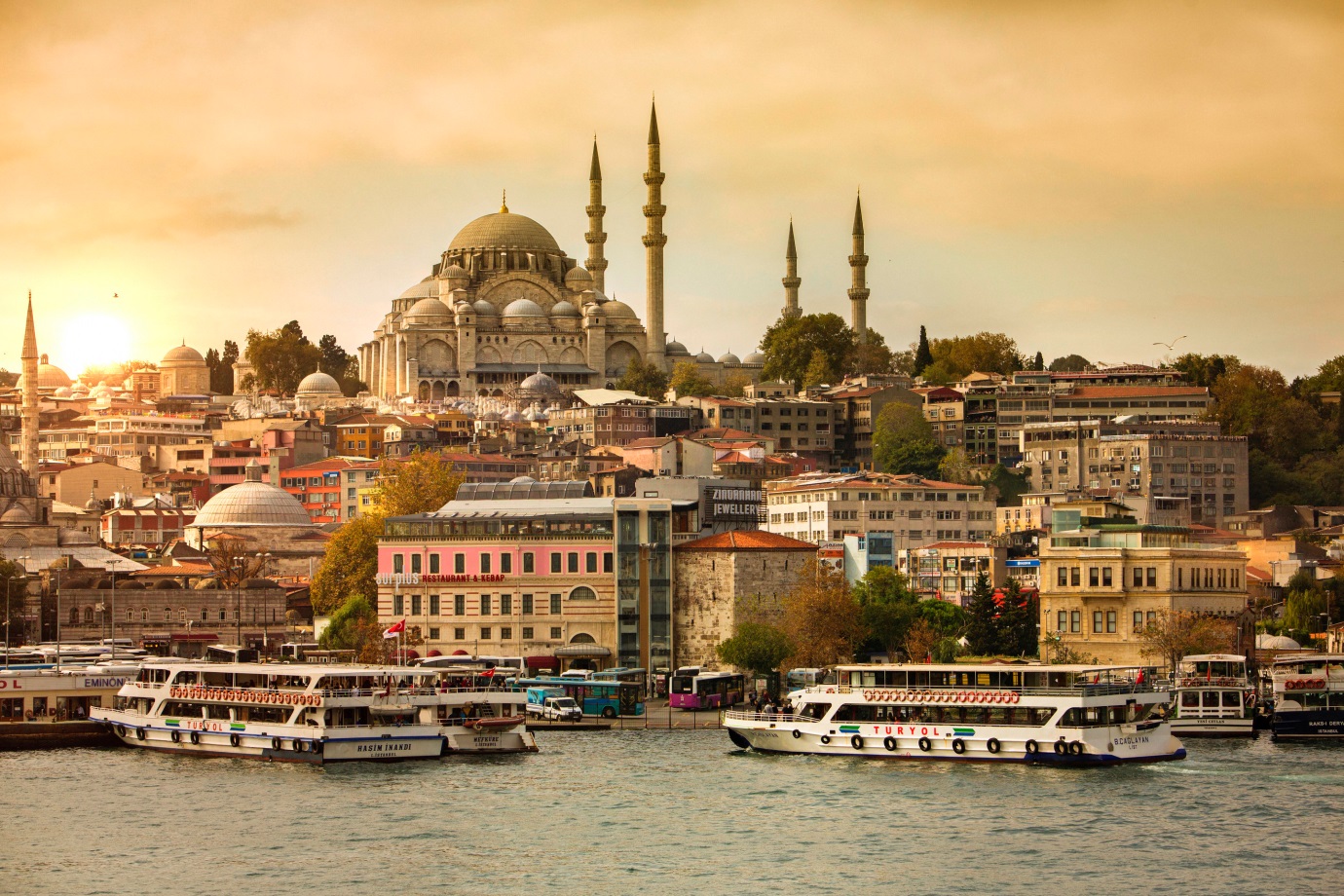
The first port of call once you’ve booked your holiday is purchasing your travel insurance, and that’s no different for your trip to Turkey. Every year, over 1.7 million tourists from Britain make the journey East to the Republic of Turkey, and overall in 2017, 37.6 million people travelled there, making it the 8th most visited country in the world, just above Germany (37.5 million) and Thailand (35.4 million). So according to the figures, Turkey is certainly making a comeback in the popularity stakes for UK holidaymakers. No wonder it’s so popular when it has something for everyone, and you can find a cheap package deal at nearly any time of year, but that doesn’t mean your travel insurance is included in the price of your holiday. So whether you’re travelling for culture, or want to make the most of their soft, sandy beaches, Turkey may well be on your radar. Not everyone is invincible (we can’t all be Superman!) and you may be wondering if travel insurance is mandatory when visiting Turkey. It’s worth knowing that your EHIC (European Health Insurance Card) is not valid in Turkey as they are not part of the EU (European Union), and while travel insurance is not mandatory, it would definitely be a wise idea to get yourself covered. For more information on your EHIC card and travel insurance, please see our FAQ’s here. You wouldn’t just be covering yourself in the unlikely event of an injury or illness, but you’ll be covered for your baggage and personal property, cancellation or curtailment and travel delay, and more besides. Your level of cover can vary depending on whether you choose our Gold, Silver or Bronze policy. Another reason to get yourself sorted out with a travel insurance policy once you’ve booked your trip.
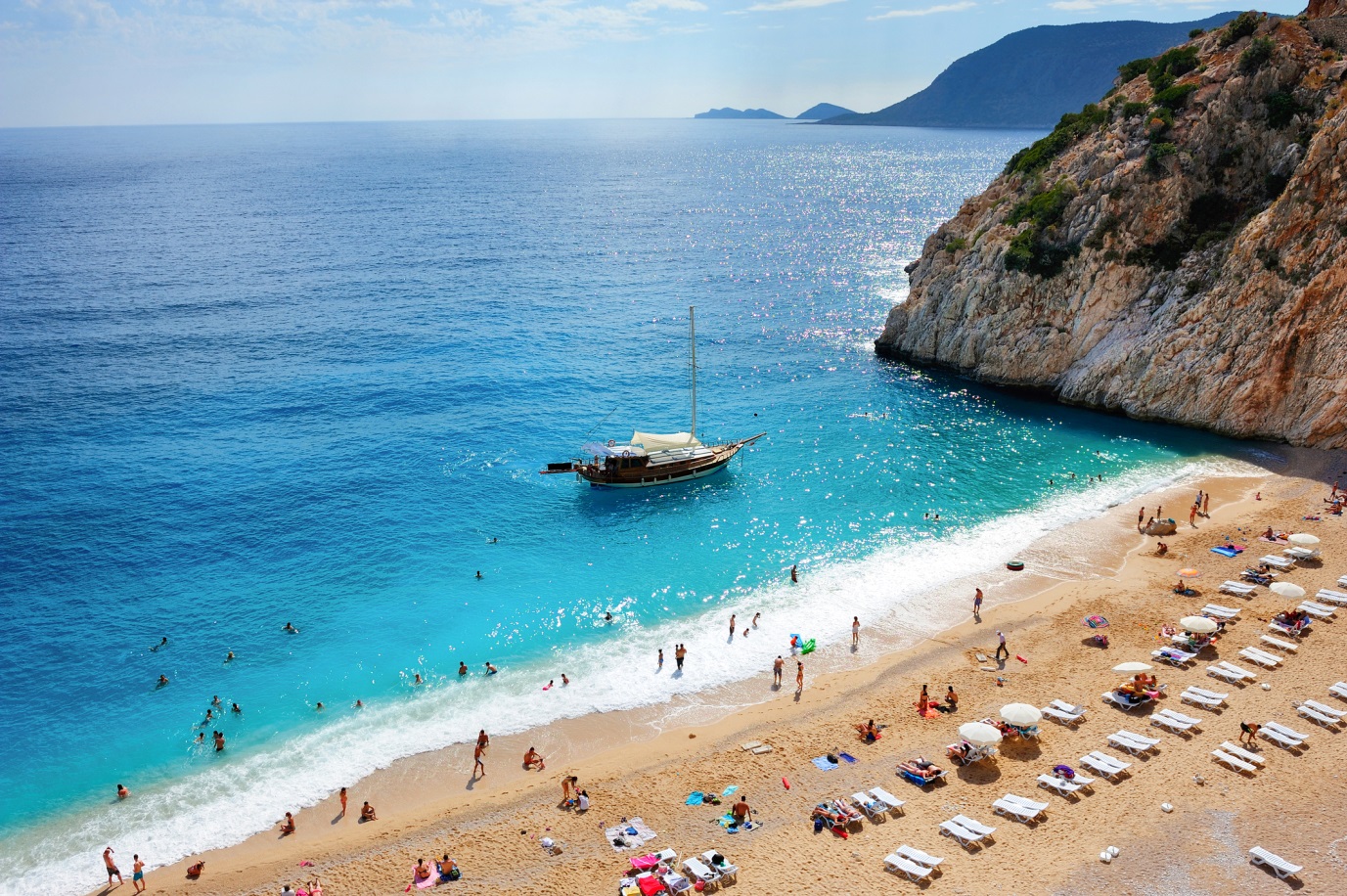
If you’re purchasing, or have already purchased annual travel insurance for your year’s travel plans, you need to ensure that it covers the destinations you are planning on visiting. So if you like to travel the four corners of the earth (or something to that extent!) you’ll need to probably look at getting a Worldwide annual policy, which will cover you anywhere in the world across your multiple trips, excluding any countries or regions which the Foreign and Commonwealth Office (FCO) have advised against visiting. We always advise you to check the country in which you plan on visiting prior to booking your holiday, so you know you’re safe, and also so your travel insurance covers your trip. Your trip to Turkey may not be all plain sailing though. The FCO has advised against all but essential travel in certain parts of Turkey, and all travel is advised against in the areas on the Syrian border. Luckily, all the best beaches and resorts for tourists are found nowhere near the border! But it’s not just the beaches which draw the tourists to visiting Turkey. Golf tourism has taken off in recent years, with the Turkish Airlines Open being the main event on the calendar in Turkish Golf. The topography of the country makes it excellent for action and adventure sports lovers, there are even 16 ski resorts in the country! You can also cycle, hike, go horse riding, or even go on a hot air balloon ride – cover for all of these is included for free with our travel insurance policies, amongst many other sports and activities.
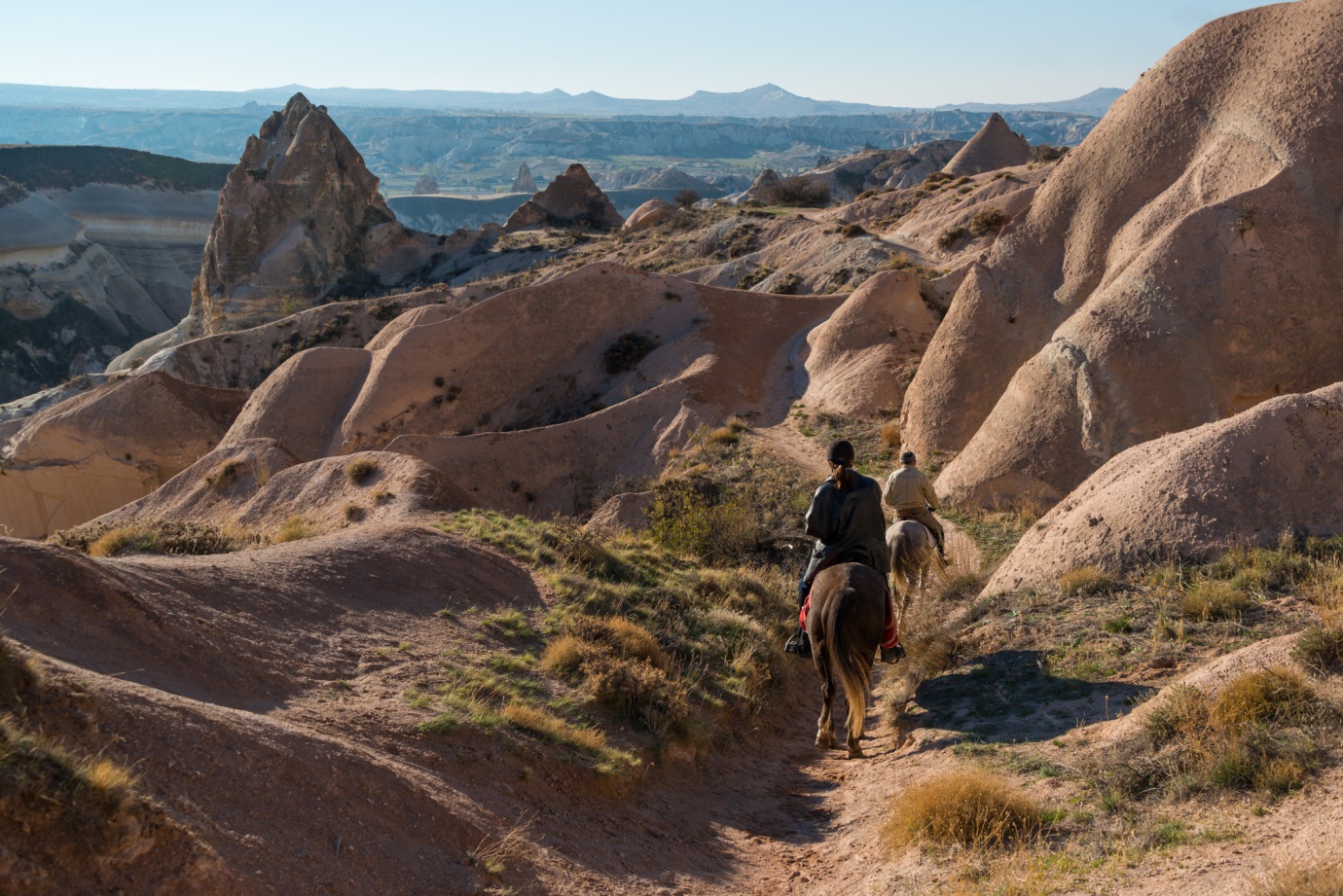
Everyone has different needs, and because of this, not everyone’s travel insurance quote will necessarily be the same price. That means it’s difficult to say exactly how much a travel insurance policy would cost for your trip to Turkey, without knowing each individual’s specifics. You could argue that the destination is a non-variable, but if you’re purchasing an annual multi-trip policy, you might be planning on visiting a different continent to Turkey at another time of year, which would change the price of the quote.
Turkey is renowned for its golden sandy beaches, and has an excellent choice between long, open shores, or rocky enclosed coves. There are also important beaches for turtle conservation, with İztuzu beach being one of the most important in Turkey. The 4.5km stretch acts as a barrier between the Dalyan River and the Mediterranean Sea, and every May 1st – 31st October, the beach is inaccessible to people between 8pm – 8am so the nests are not disturbed.
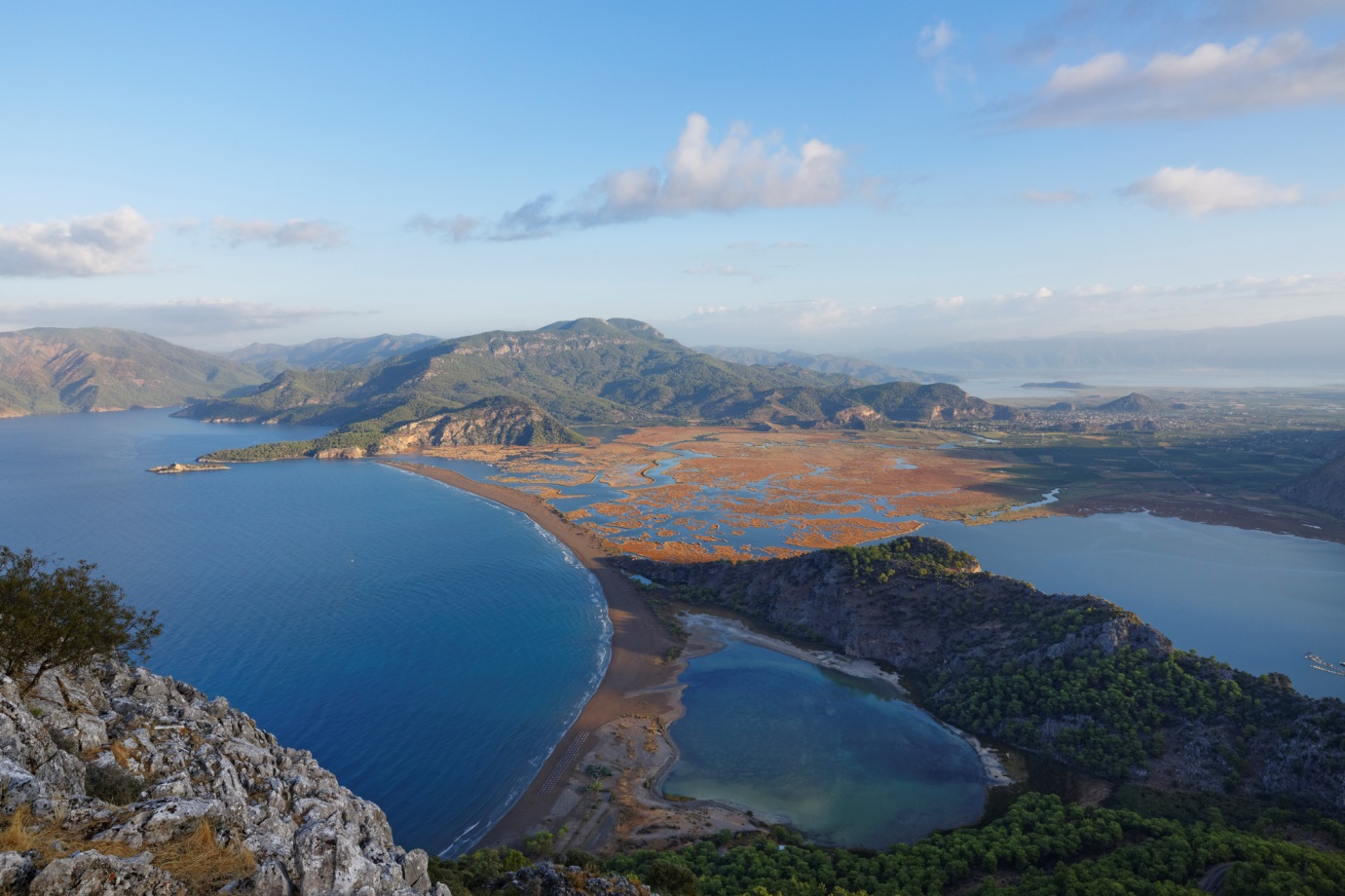
Turkey’s longest beach can be found in Patara on the Turkish Riviera (sounds nice, doesn’t it!) Well, it is! At 12 miles long, you’re going to find a patch of sand big enough for you and the family to set up camp for the day, even in the high season. The added bonus is that it’s a National Park, so you pay a fee to enter, but it has free parking for the beach, and you’re able to visit the ruins which are located within the park.
Altogether in Turkey, there are over 7,200 km of coastline, and 459 award winning Blue Flag beaches along the coast, which is the third most in the world! This means you can be sure of their quality and safety, and are almost guaranteed to find a Blue Flag beach on your visit. The main seaside destinations in Turkey with the most Blue Flag accreditations include:
- Antalya – 200 Blue Flag Beaches
- Izmir – 52 Blue Flag Beaches
- Aydin – 30 Blue Flag Beaches
- Canakkale – 12 Blue Flag Beaches
As mentioned previously, it’s not just the beaches that make Turkey such a popular holiday destination for so many. If you’re a big fan of learning about different cultures, then Turkey is an excellent place to do just that.
The Blue Mosque (Sultan Ahmet Mosque) in Istanbul has adopted that name by tourists as there are over 20,000 ceramic blue tiles which line the walls inside. Construction of the mosque began in 1609 for Sultan Ahmed, who is said to have even helped the labourers on the first day of construction.
The Soumela Monastery is in the Northern part of Turkey, and dates back to the Byzantine Empire. It is built into a cliff face, and has huge historical and cultural significance. The monastery is located within the Altındere Valley National Park, and was dedicated to the Virgin Mary.
If you want to pamper your body whilst away, Pamukkale in south western Turkey is the ideal place to go. Pools have formed over the years from the mineral rich water which flows down the hills. Over 2 million people visit per year, making it Turkeys most visited attraction by quite some way. The UNESCO site is quite a way from the main tourist areas, four hours from Antalya and Marmaris, and five hours from Bodrum, so be prepared for a long day if you’re planning on staying at one of those resorts.
One of the most pictured places in Turkey though, is Cappadocia. The rugged landscape provides the perfect backdrop for some stunning views at sunrise and sunset. The tall columns (hoodoo’s) of eroded rock give the area the perfect scene when capturing the famous hot-air balloons taking flight. There is more than just a few “fairy chimneys” to be seen there, though. A rock temple is carved in to the stone, much like Petra, Mount Erciyes towers over the landscape at a monstrous 3916m, and there’s even an underground city (Kaymakli)!
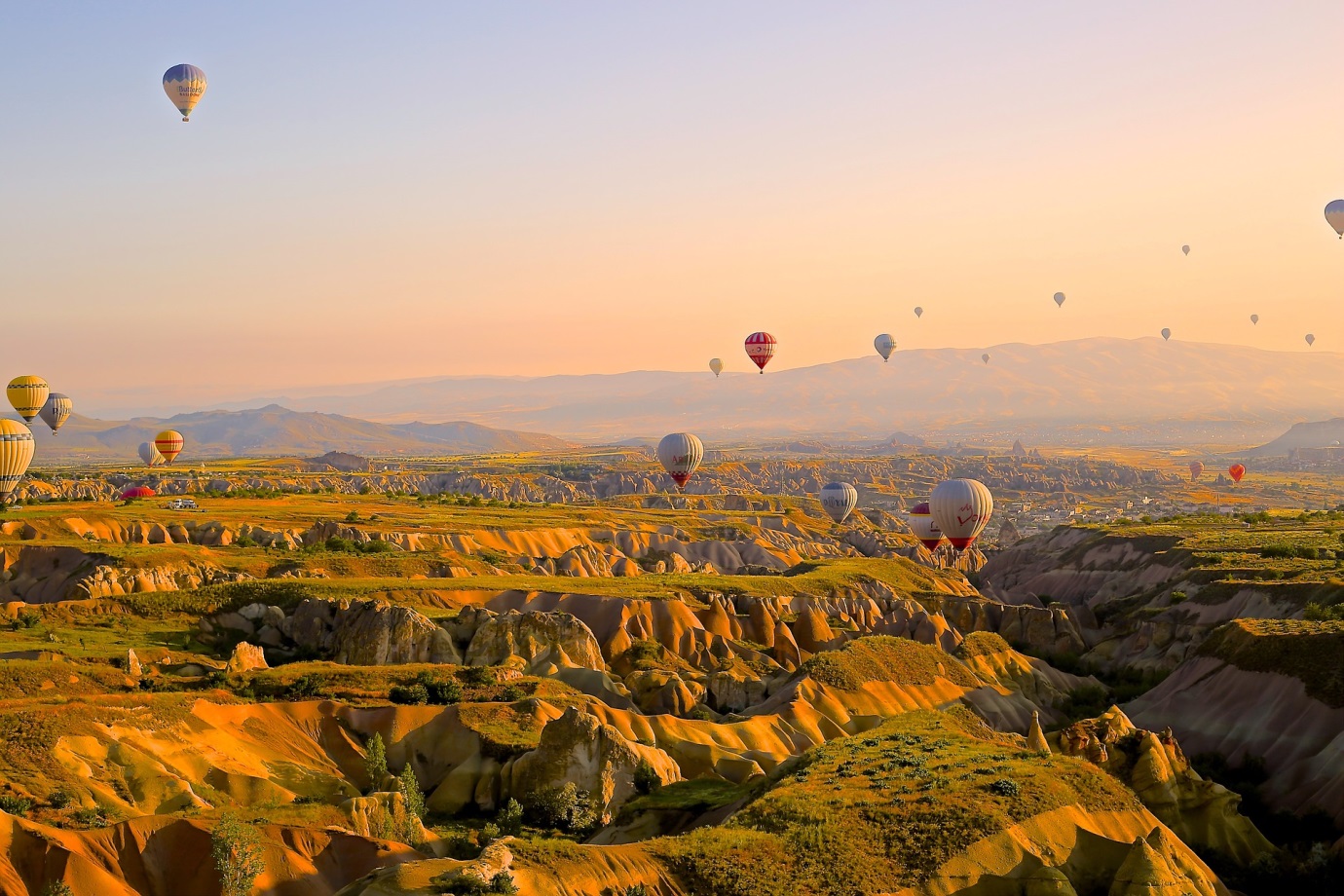
Before travelling to Turkey, like travelling to every country, it is best practise to do a little bit of research about food, drink, money and anything else you should know about the country before you arrive. What currency do they use? Is it best to change my money before I travel? What kind of food can I expect to try? Do I need a visa to visit?
Travel Tips:
- Legislation in touristic areas forbids salespersons to touch or hassle tourists. Be polite and you won’t have a problem.
- Turkish Lira is the currency. You can generally find better exchange rates in Turkey, but you may want to change some money prior to your visit. Airports and tourist towns may however price things up in Euros, and accept them as payment.
- Your passport should have at least 6 months validity on it when visiting Turkey.
- It’s against the law to not carry some form of photographic ID whilst in Turkey. Keep your passport/driving license and a printed copy of your e-Visa to hand if you’re out and about.
- Credit & debit cards are used in Turkey. Ensure you bring the credit card you used to book flight/accommodation/excursions with you to avoid any issues. Don’t forget to notify your bank of your travel plans before leaving home.
- Travellers cheques aren’t recommended as they must be exchanged in banks, not currency exchange offices. However, not all banks allow you to exchange your travellers cheques, and may send you to a specific branch.
- British nationals require a visa to enter Turkey (Except cruise ship passengers with British Citizen passports who arrive at sea ports for tourist visits to the port city or nearby cities, provided the visit lasts no longer than 72 hours.
- You can apply for an E-Visa online for $20, and apply up to 3 months in advance. They are valid for multiple stays up to 90 days in a 180 day period.
- Print off and carry your paper copy e-visa or have it on an electronic device to show the immigration officer.
For more info on Local Laws, click here.
Food and Drink:
- Most dishes are based mainly on lamb and mutton, but you’ll find some which also includes beef, chicken and seafood (no pork).
- Roasting and grilling are the most popular ways of cooking. Vegetable dishes are called zeytinyağlı which means they’re cooked in olive oil (although almost all of these dishes can include meat too). Examples of these dishes are yaprak sarma, dolma and taze fasulye.
- Vegetables are the most predominant in all meals, small portions of meat are usually served alongside. You can read our blog about some of the most interesting Turkish cuisines here.
- Got a sweet tooth? Turkish delight (Lokum) is the most favoured sweet treat. There are thousands of different varieties to try, some include pistachios or dates, some are flavoured with rose water or orange, and some have a mixture of both. Just make sure you time your dental check-up for before you travel!
- Turkish tea and coffee are popular drinks. But what makes them different to our famous English brew? For a start, Turkish tea is a lot stronger, and is served in smaller cups to compensate for the strength. You drink it black, so add sugar for taste, but don’t add milk. Turkish coffee on the other hand is made from very finely ground coffee, mixed with water and sugar and boiled in a cezve (a special coffee pot made of brass or copper) and is usually served with something sweet like a Turkish delight.
